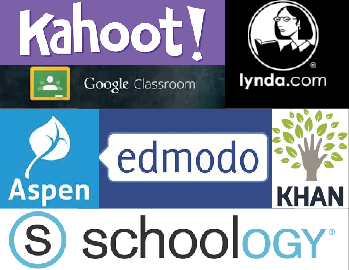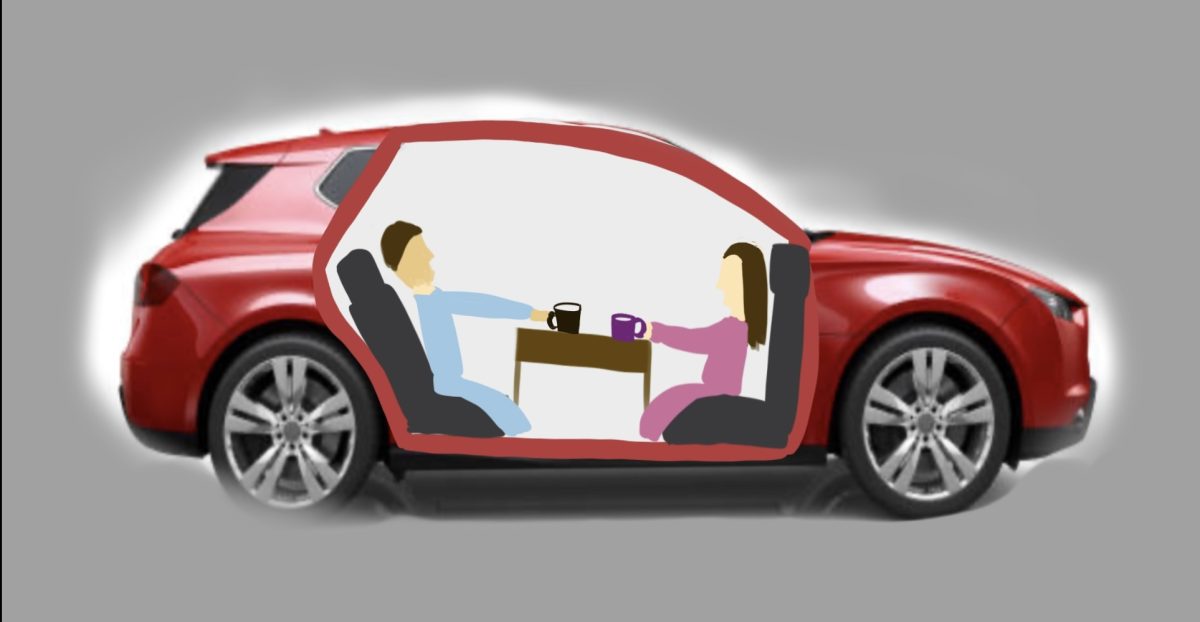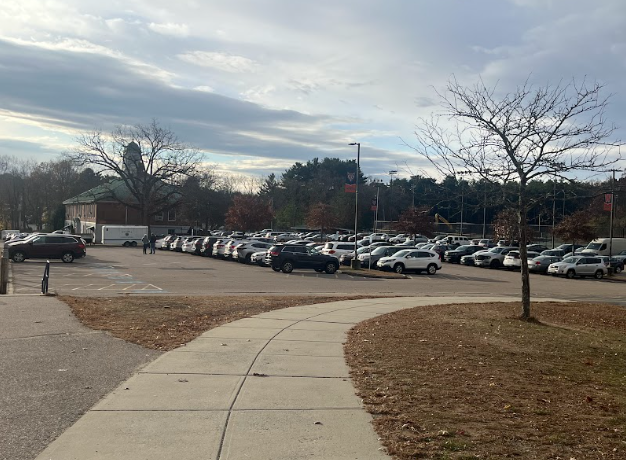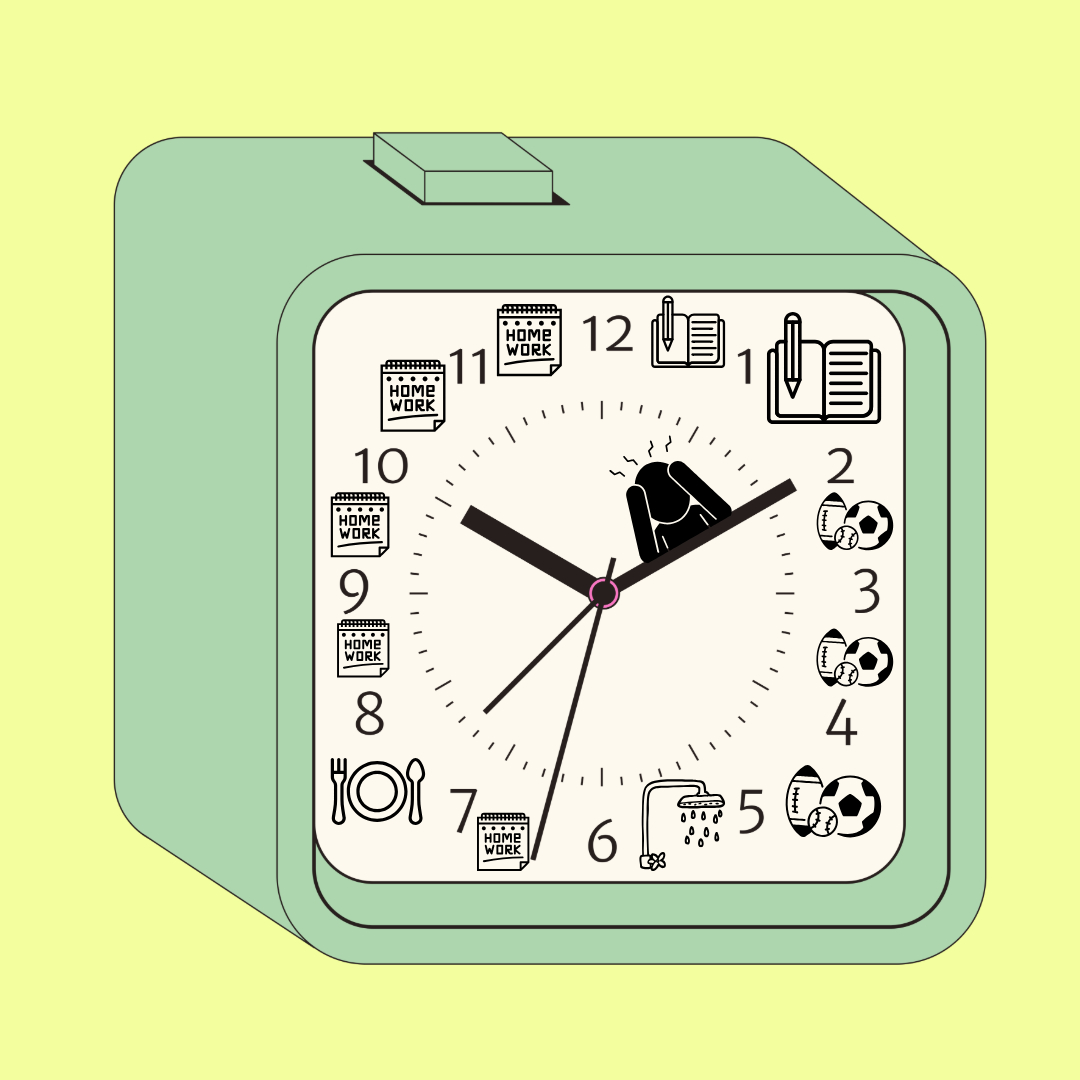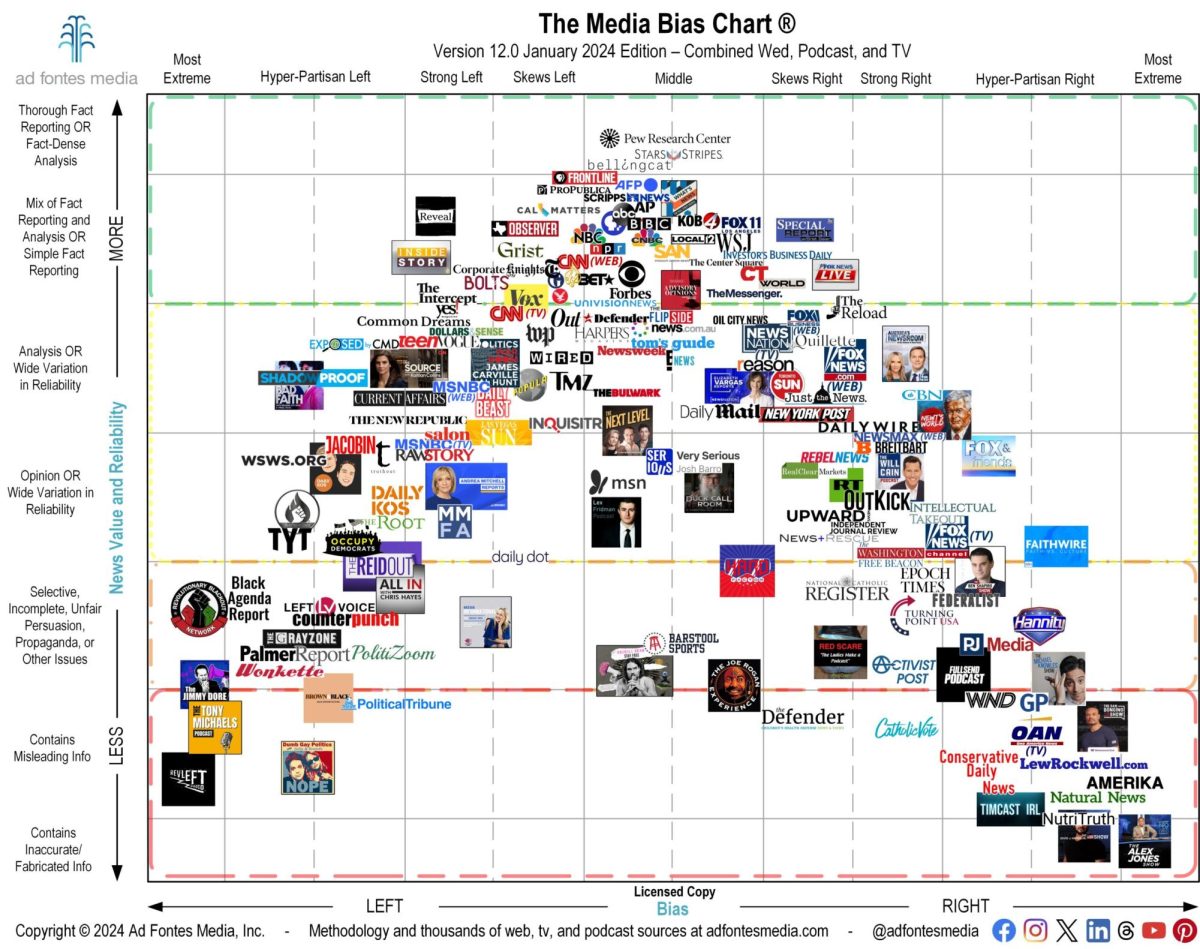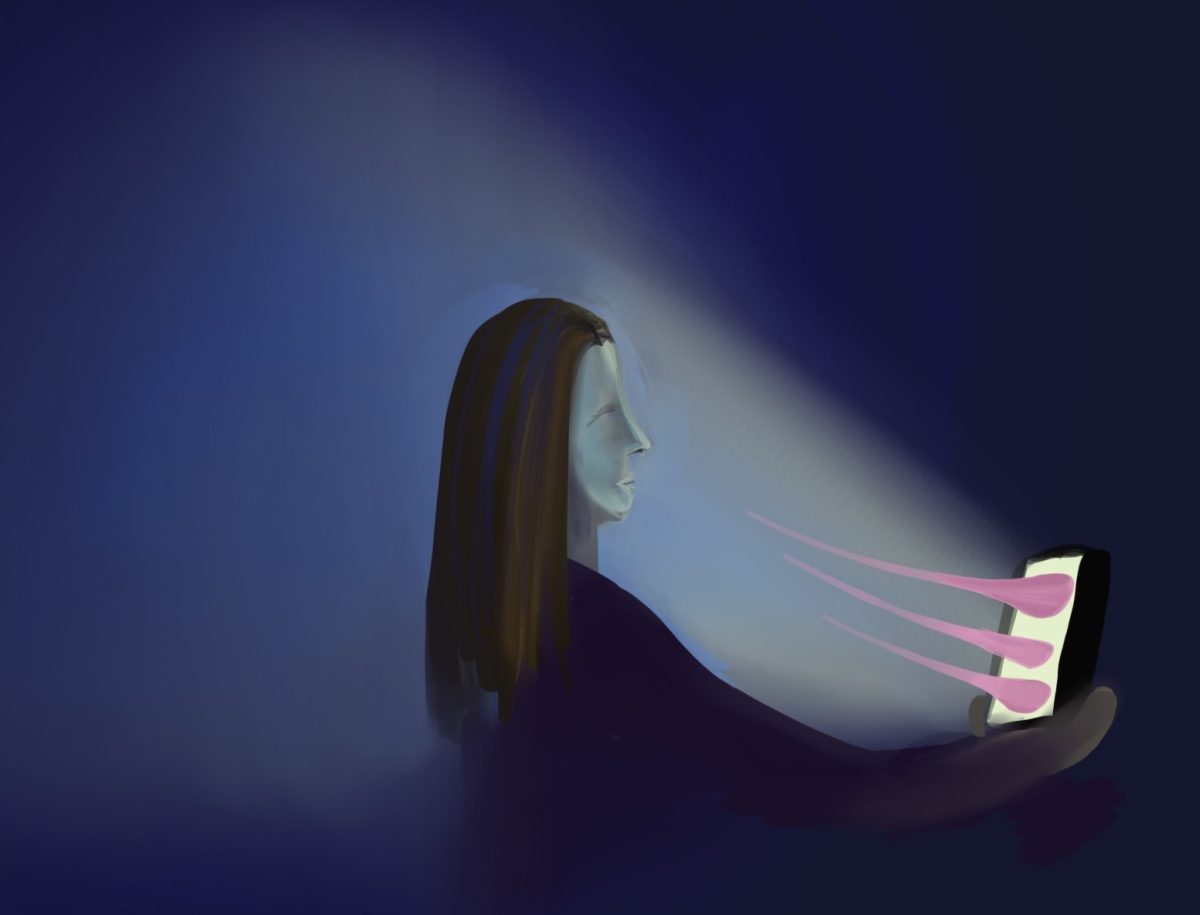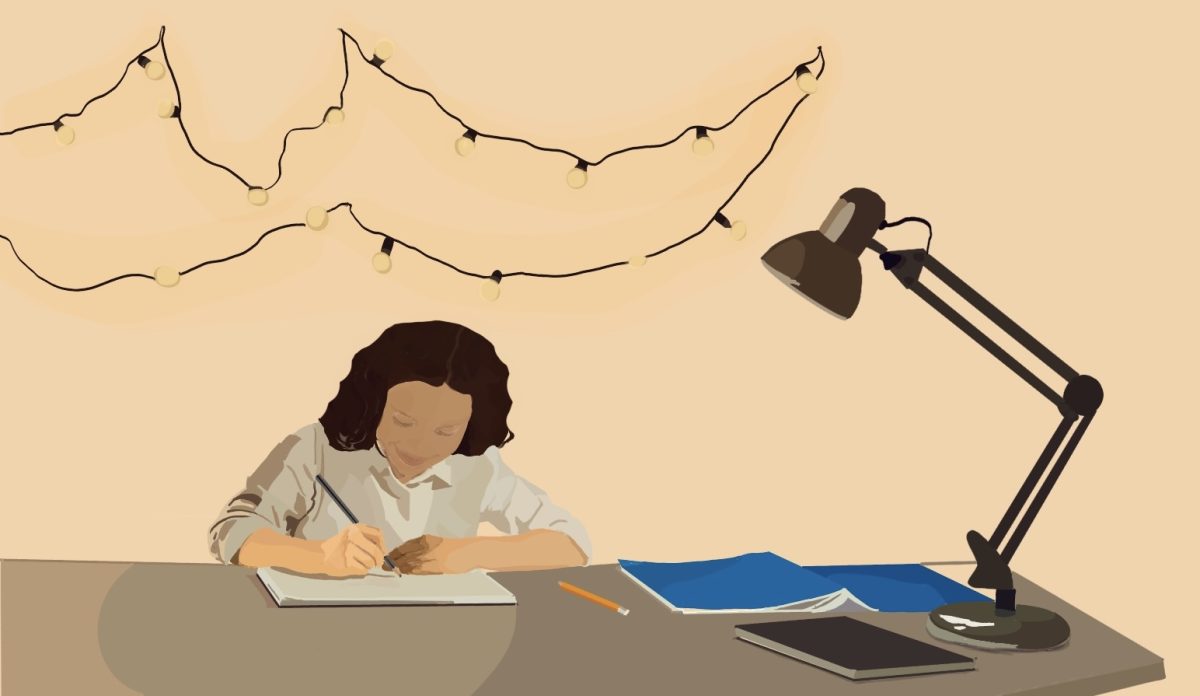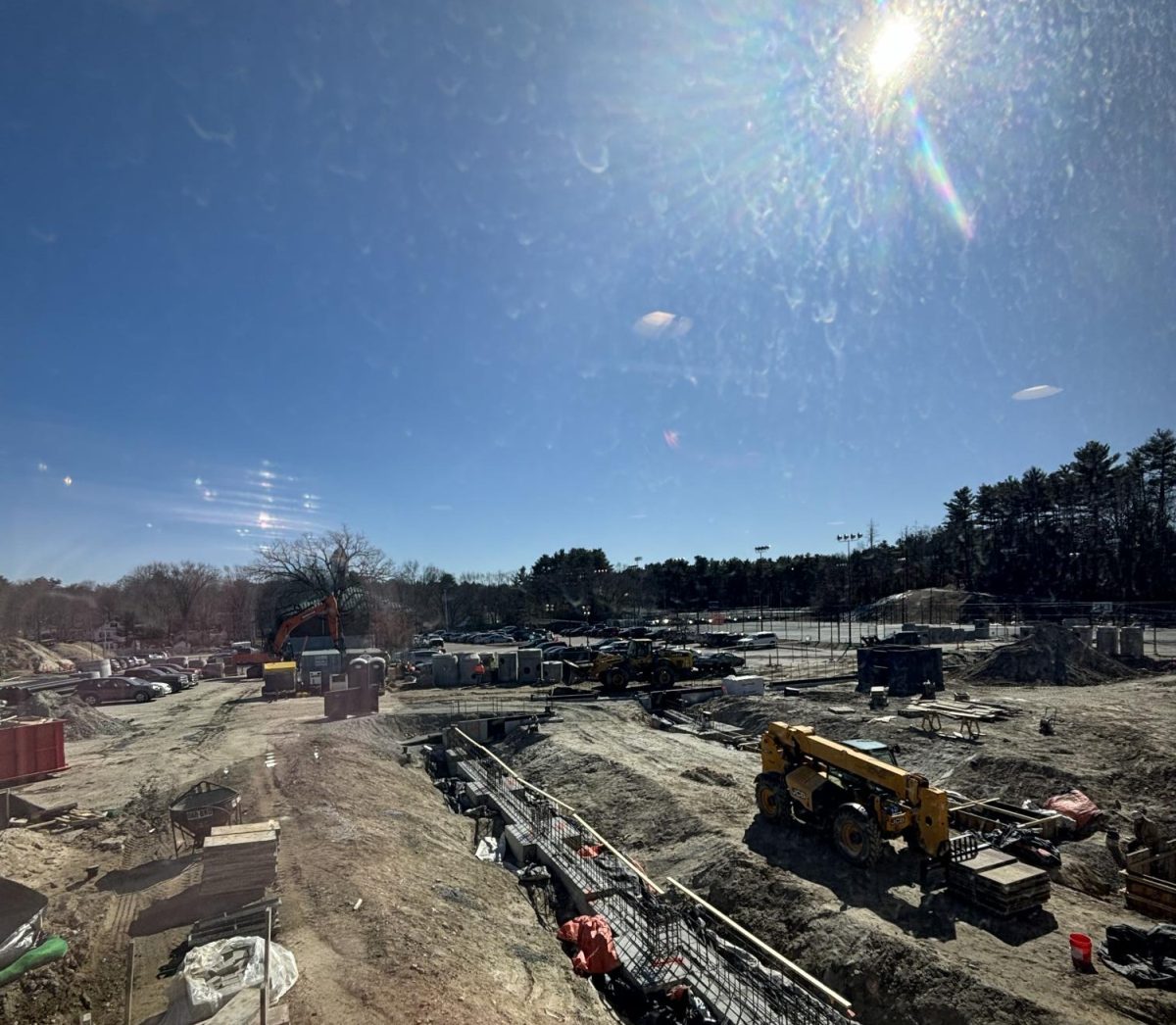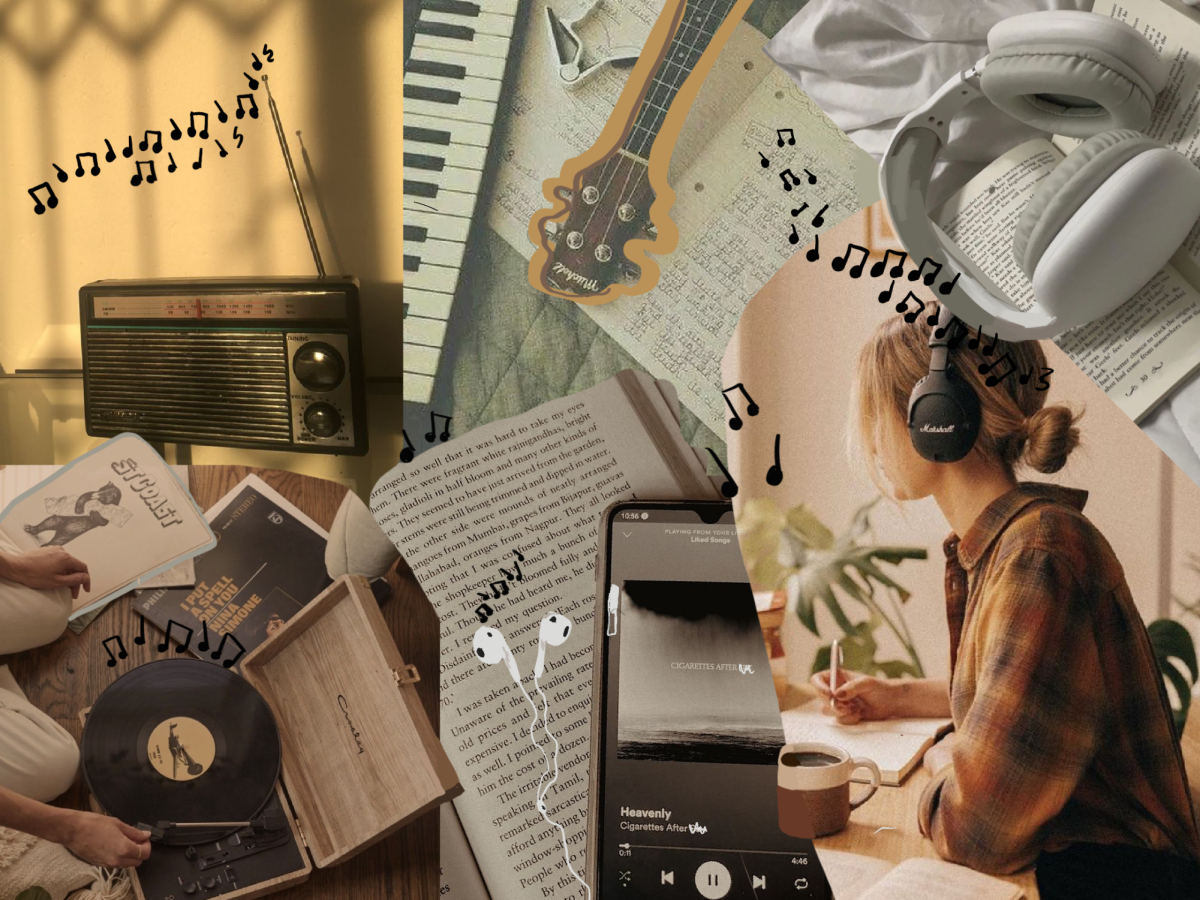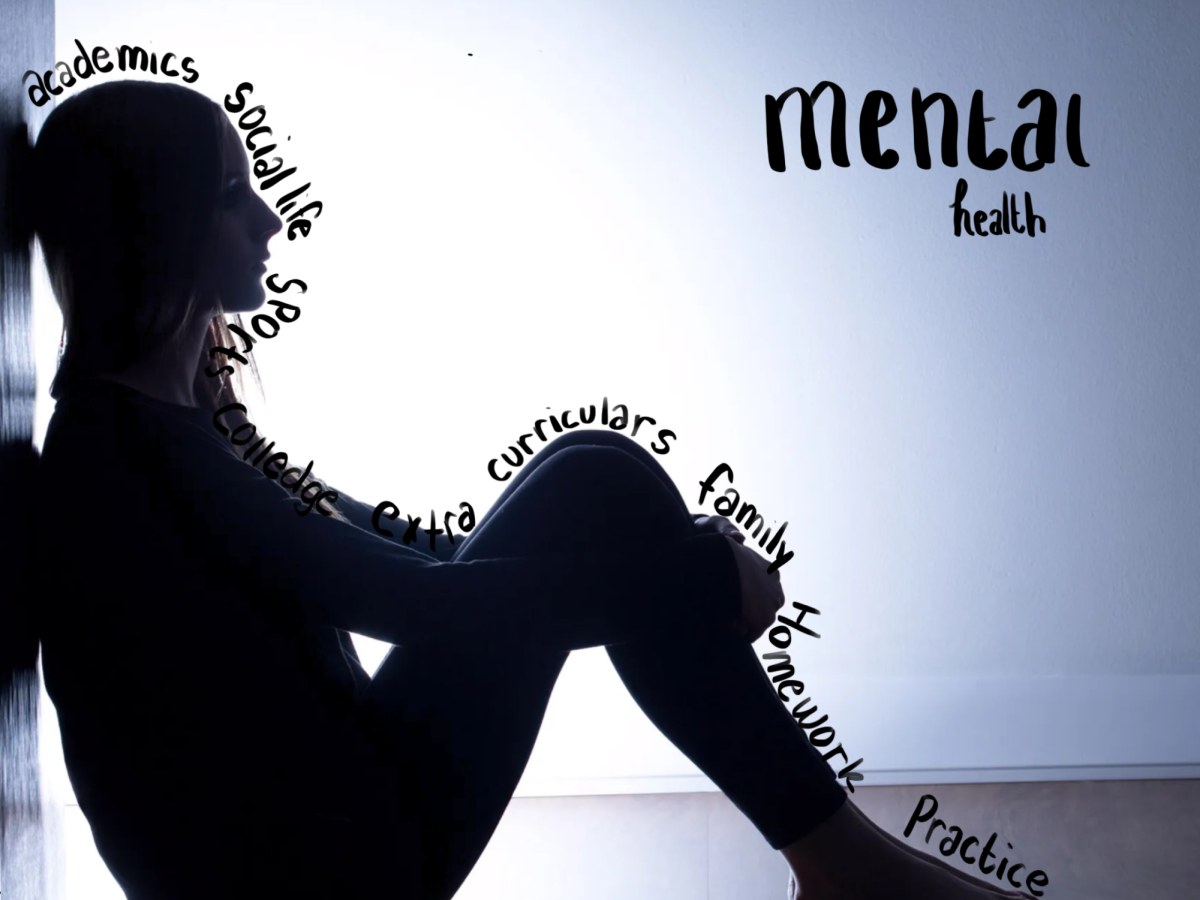For decades, students have learned with very simple materials—a pencil and a notebook. But now, technology has made its way to taking over the classroom, whether it be through laptops, iPads, or iPhones.
This technology can be incredibly useful in lessons and lectures, offering interactive ways to practice and aid in a student’s understanding of a subject; however, the turn to technology over classic learning customs is dangerous.
Over the years, teachers have started to rely on technology more and more, and in such a manner that does not augment their lesson plan, but instead acts as a substitute. To combat the unhealthy technology takeover, teachers need to refocus their classroom plans on the digital-free aspects of learning and understand the dangers that come with educational technology.
Mainly, many schools run into the same problem when trying to innovate in the classroom: technology is expensive—expensive to get, expensive to fix, and expensive to maintain in the classroom. For almost every class a student takes, his or her teacher will give assignments online, whether it be through Google Classroom, X2, or another online classroom portal. To complete these assignments, it is vital that a student have access to their own computer or laptop. For some students, owning their own computer is not a reality. Instead, they are forced to complete the activities after school in the library, or find some other means of accessing internet outside of their house. This inconvenience can impede a student’s ability to participate in after-school activities, as many places with internet access close in the mid-evening hours.
In addition to the financial problems a student may face today, the schools themselves must also be able to afford more updated technology. Over time, schools are faced with the need to keep up with the rapidly changing classroom agenda that focuses on new digital learning tools. But simply obtaining these materials is just the beginning; the cost of upkeep for any type of technology can be extreme and can take away from other funding the school may need to supplement other areas or methods of education.
Furthermore, technology is not perfect. There are nights when a student loses power or an assignment isn’t saved or the computer glitches—the possibilities are endless. Such malfunctions leave students with few to no alternatives, and when these assignments are due the following day and are essential for a class’ agenda, as they usually are, the technology leaves the student unable to fully participate in the class’ proposed schedule.
Normally, the proposed class schedule will continue to use the technology throughout the class period, through either phones or laptops. In many cases, students will use laptops from the school and put them back at the end of class, which promotes the sharing of technology. While this could help address a student’s inability to reach technology the night before or at home, there are other issues: teachers often neglect proper sanitation practices to prevent the spread of germs and disease. As a result, this neglect directly contributes to school-wide epidemics that threaten both students and teachers.
Moreover, as technology continues to become vital in the classroom, technology can act as a substitute in a lesson plan and greatly inhibit the classroom experience. In regards to the online assignments themselves, they usually come in a “one size fits all” and leave students without a personalized approach that comes with face-to-face teacher interaction. In this sense, students lose the vital personability that they need to have with a teacher to achieve the most fulfilling learning experience. Teachers provide background and insight to subjects that online tools cannot replicate, and the experience and knowledge that a teacher can provide firsthand is irreplaceable and vital in a student’s full understanding of a subject.
With these limitations in mind, teachers must be weary of integrating technology into the classroom, because while there can be great opportunities in incorporating more technology into the classroom, there can also be great misfortunes that greatly hinder a student’s learning experience.


